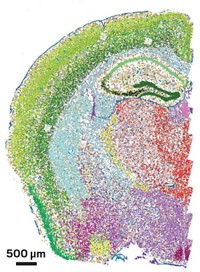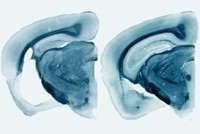Advertisement
Grab your lab coat. Let's get started
Welcome!
Welcome!
Create an account below to get 6 C&EN articles per month, receive newsletters and more - all free.
It seems this is your first time logging in online. Please enter the following information to continue.
As an ACS member you automatically get access to this site. All we need is few more details to create your reading experience.
Not you? Sign in with a different account.
Not you? Sign in with a different account.
ERROR 1
ERROR 1
ERROR 2
ERROR 2
ERROR 2
ERROR 2
ERROR 2
Password and Confirm password must match.
If you have an ACS member number, please enter it here so we can link this account to your membership. (optional)
ERROR 2
ACS values your privacy. By submitting your information, you are gaining access to C&EN and subscribing to our weekly newsletter. We use the information you provide to make your reading experience better, and we will never sell your data to third party members.
Biological Chemistry
Insulin's Impact On Fat
Subtle differences in the way identical cells process insulin lead some cells to store practically no fat while others store large amounts
by Celia Henry Arnaud
April 20, 2009
| A version of this story appeared in
Volume 87, Issue 16

Subtle differences in the way identical cells process insulin lead to large differences in the amount of fat those cells store, according to researchers at Purdue University (PLoS ONE, DOI: 10.1371/journal.pone.0005189). These findings could help elucidate how nongenetic factors contribute to fat storage in individual cells. Ji-Xin Cheng and Thuc T. Le profiled lipid accumulation in individual mouse fibroblast cells, which can differentiate into fat cells, by using coherent anti-Stokes Raman scattering (CARS) microscopy. Cheng and Le also analyzed expression of fat-associated genes, insulin signaling, and the import of glucose into the cells from the culture medium. All the cells in the cultures expressed genes associated with fat cells, but not all of the cells accumulated lipids. Although the cells were genetically identical, some stored practically no fat while others stored large amounts. By tracking fluorescently labeled insulin, Cheng and Le found a correlation between insulin degradation and fat accumulation, with lipid-rich cells degrading insulin much faster than lipid-poor ones.




Join the conversation
Contact the reporter
Submit a Letter to the Editor for publication
Engage with us on Twitter